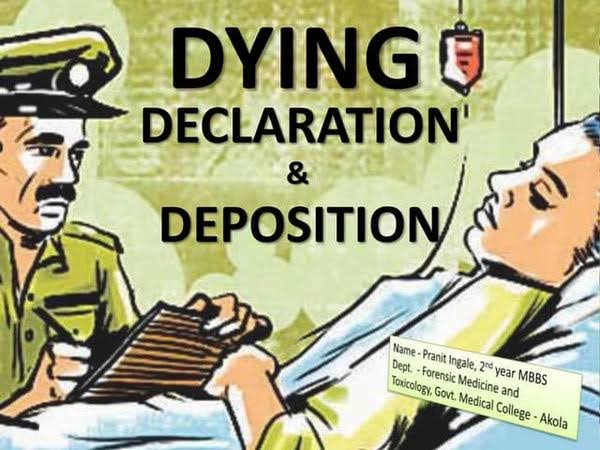@JUDGMENTTAG-ORDER
P.R. Shivakumar, J.@mdashThe arguments advanced by Mr.T.Dhanyakumar, learned counsel for the revision petitioner and by Mr.C.Prabhakaran, learned counsel for the respondent are heard. The materials produced in the form of typed set of papers are also perused.
2. The defendant in the original suit O.S.No. 113/2009 pending on the file of Sub Court, Vellore is the petitioner in the civil revision petition. The said suit has been filed by the respondent herein/defendant against the petitioner for recovery of money based on the suit promissory note dated 12.07.2006 allegedly executed by the revision petitioner/defendant for a sum of Rs.1,00,000/-.
3. The revision petitioner/defendant is contesting the suit denying the alleged loan transaction and also the execution of the suit promissory note. In the light of his contention made in the written statement, he wanted to have the suit promissory note scientifically examined by a handwriting expert and compared with an admitted signature of the revision petitioner/defendant, to enable him to prove that the suit promissory note is not genuine. For the said purpose, the petitioner/defendant filed I.A.No. 329/2009 under Order 20 Rule 10-A of CPC with the following prayer "the court may be pleased to send the document to the Forensic Science Department to compare the signature found in the suit promissory note alleged to be that of the defendant with any other admitted signature."
4. The application was resisted by the respondent herein/plaintiff contending that the petitioner/defendant used to sign in different manners and that therefore, comparison of the documents containing his signatures, which are subsequent to the arisal of the cause of action for the suit was not desirable. It was also contended that he had disguised his signature in the Vakalath and written statement with an oblique motive of using them for comparison with the disputed signature in the suit promissory note.
5. The learned trial judge, after enquiry, dismissed the said petition stating the following reasons:
1) Unless and until the plaintiff discharges his burden of proving of borrowal and the execution of the promissory note, the necessity to compare the disputed signature in the suit promissory note with the admitted signature of the defendant would not arise; and
2) The defendant having come forward with the application has not chosen to produce any contemporary document containing his signature enabling comparison.
6. The first reason assigned by the learned trial judge, as rightly contended by the learned counsel for the petitioner, cannot be sustained. Though the initial burden of proving the lending by the plaintiff and execution of the promissory note by the defendant shall be on the plaintiff, it shall not be necessary for the defendant to wait till the plaintiff completes his evidence. On the other hand, even though the plaintiff might not have adduced sufficient evidence to discharge his burden, there can be no impediment for the defendant to adduce evidence to disprove the case of the plaintiff irrespective of the fact whether the plaintiff has discharged his initial burden or not. Moreover, the defendant cannot be expected to wait for a verdict as to whether the plaintiff has discharged his burden, to get ready for collecting evidence to be adduced on his side. If the defendant is pushed to a situation to seek for the reference of the document to a handwriting expert only after the examination of witnesses on the side of the plaintiff, the same will cause unnecessary prolongation of the case in the part-heard stage, which has got to be avoided at any cost. Therefore, this court is not in a position to sustain the order of the learned trial judge, impugned in this revision, on the first reason assigned by the trial judge.
7. So far as the second reason assigned by the learned trial judge is concerned, the learned counsel for the petitioner has today furnished a typed set of papers containing the Xerox copy of a registered document under which the defendant purchased an immovable property as the contemporary document to be used for comparison. The said document dated 20.01.2006 contains the signature of the petitioner/defendant as purchaser. It also contains his signature in the Registration endorsement. There cannot be any objection for using the same for comparison with the disputed signature found in the suit promissory note. Learned counsel for the petitioner also submits that the petitioner is prepared to produce the original sale deed dated 20.01.2006 for being sent to the Regional Forensic Science Laboratory for comparison by a handwriting expert. In view of the same, the order of the learned trial judge deserves interference and the revision has got to be allowed.
In the result, the civil revision petition is allowed. The order of the learned Subordinate Judge, Vellore dated 30.09.2011 made in I.A.No. 329/2009 in O.S.No. 113/2009 is set aside. I.A.No. 329/2009 shall stand allowed. The trial court shall receive the original sale deed dated 20.01.2006 and send the disputed promissory note along with the said sale deed containing admitted signature in a sealed cover through an advocate-commissioner to be appointed by the trial court, to the Regional Forensic Science Laboratory, for comparison and opinion. After receipt of the report, the trial court shall take up the trial of the suit and dispose of the same, as expeditiously as possible, in any event not later than four months from the date of receipt of the report. There shall be no order as to cost in the revision. Consequently, the connected miscellaneous petition is closed.

